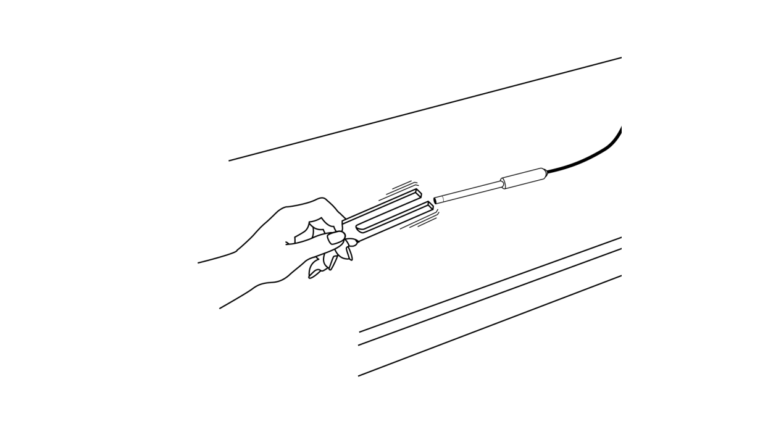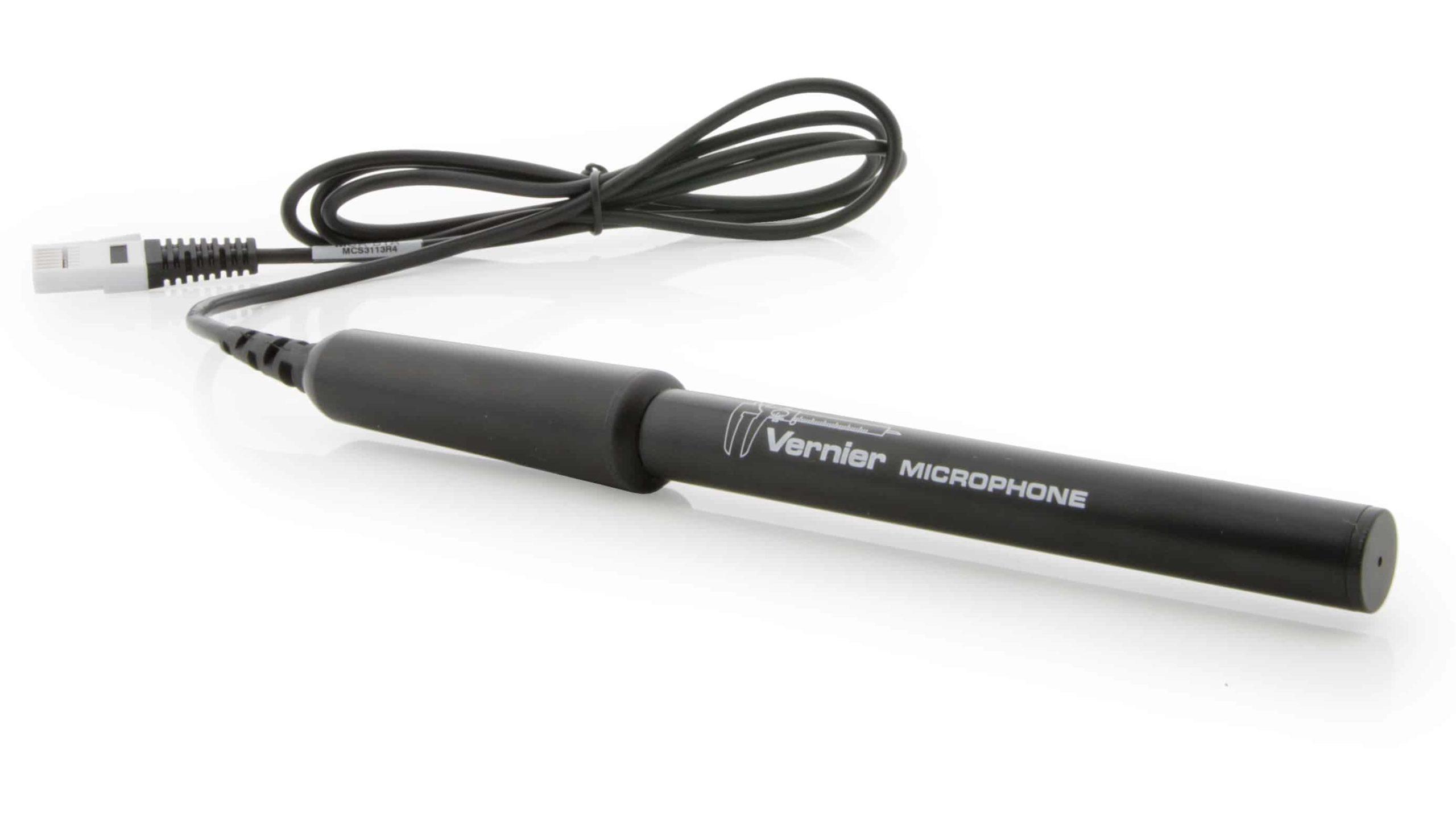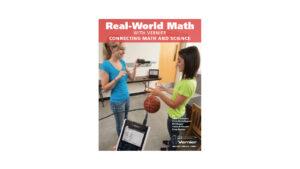Stay Tuned: Sound Waveform Models
Experiment #23 from Real-World Math with Vernier
- Education Level
- High School

Introduction
If you throw a rock into a calm pond, the water around the point of entry begins to move up and down, causing ripples to travel outward. If these ripples come across a small floating object such as a leaf, they will cause the leaf to move up and down on the water. Much like waves in water, sound in air is produced by the vibration of an object. These vibrations produce pressure oscillations in the surrounding air which travel outward like the ripples on the pond. When the pressure waves reach the eardrum, they cause it to vibrate. These vibrations are then translated into nerve impulses and interpreted by your brain as sounds.
These pressure waves are what we usually call sound waves. Most waves are very complex, but the sound from a tuning fork is a single tone that can be described mathematically using a cosine function:
In this activity you will analyze the tone from a tuning fork by collecting data with a microphone.
Objectives
- Record the sound waveform of a tuning fork.
- Analyze the waveform to determine frequency, period and amplitude information.
- Model the waveform using trigonometric functions.
Sensors and Equipment
This experiment features the following sensors and equipment. Additional equipment may be required.
Ready to Experiment?
Ask an Expert
Get answers to your questions about how to teach this experiment with our support team.
- Call toll-free: 888-837-6437
- Chat with Us
- Email support@vernier.com
Purchase the Lab Book
This experiment is #23 of Real-World Math with Vernier. The experiment in the book includes student instructions as well as instructor information for set up, helpful hints, and sample graphs and data.


